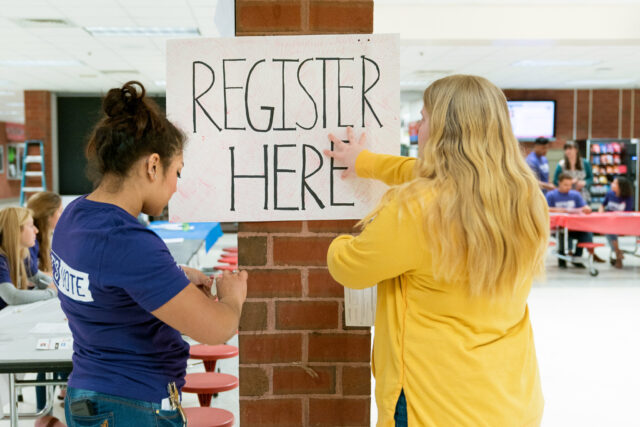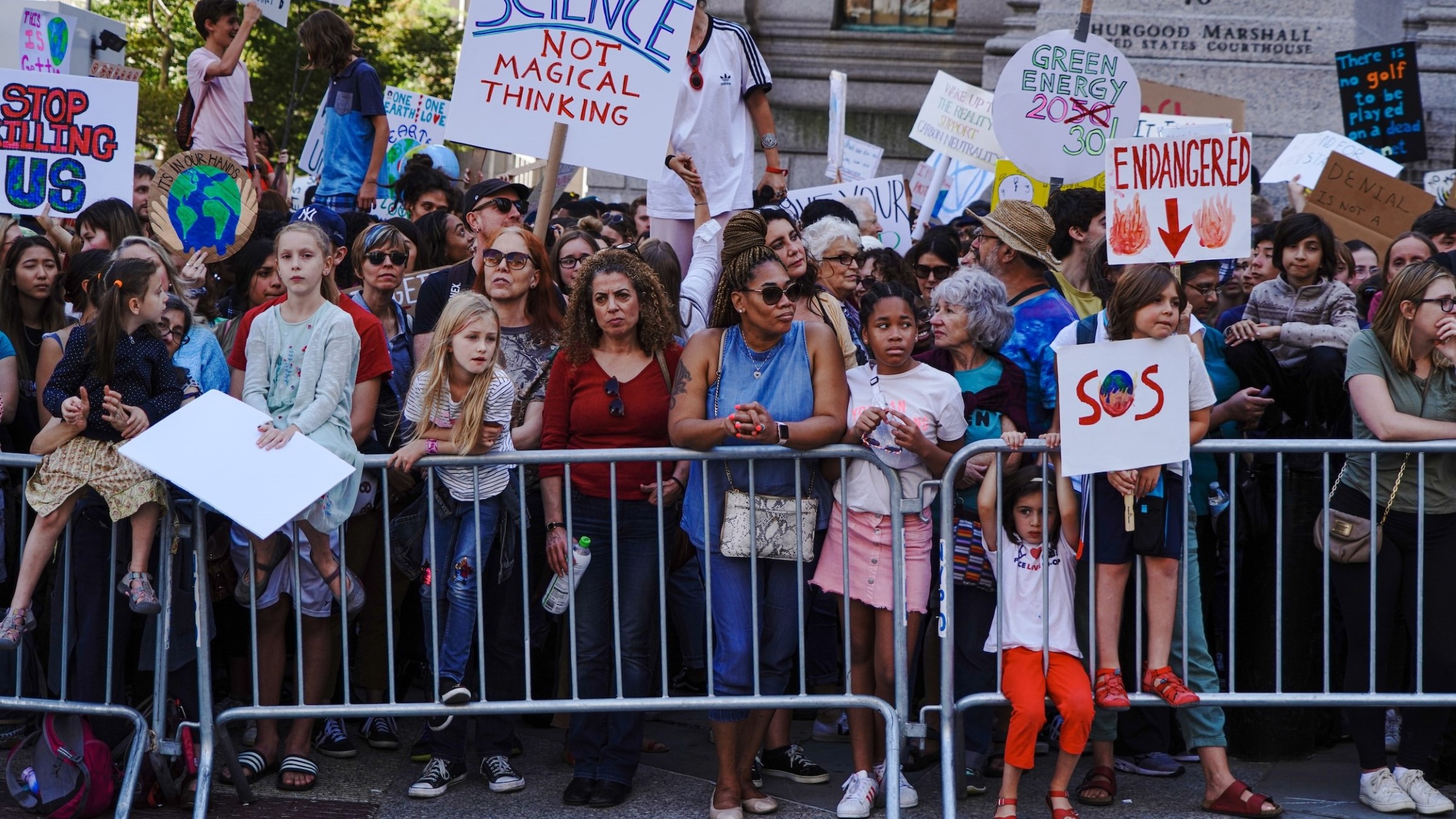In recent years, younger voters have emerged as a significant force in political elections, making their engagement crucial for candidates seeking success. With the rise of social media, politicians have a unique opportunity to connect with this demographic, understand their concerns, and inspire them to take action. This blog explores effective strategies that politicians can use to engage younger voters on social media platforms.

Table of Contents
Toggle1. Understand the Platforms
Know Where They Spend Time
Younger voters are predominantly active on platforms like Instagram, TikTok, Twitter, and Snapchat. Each platform has its own unique features and audience demographics. To engage effectively, politicians must tailor their content and messaging according to the platform:
- Instagram is ideal for visually-driven content and storytelling.
- TikTok focuses on short, engaging videos that capture attention quickly.
- Twitter is great for real-time updates and discussions on trending topics.
- Snapchat offers ephemeral content that can create a sense of urgency and exclusivity.
Stay Current with Trends
Social media trends evolve rapidly. Politicians should keep an eye on trending topics, memes, and challenges that resonate with younger audiences. Participating in these trends can enhance relatability and show that politicians are in touch with the current cultural landscape.
2. Authenticity is Key
Be Genuine and Relatable
Younger voters value authenticity and transparency. Politicians should share personal stories, experiences, and even vulnerabilities to connect on a deeper level. This approach fosters trust and shows that they are not just out of touch politicians but real people who understand the challenges faced by younger generations.
Use Casual Language
Adopting a more casual, conversational tone in posts can make politicians appear more approachable. Avoiding jargon and overly formal language helps bridge the gap between politicians and younger voters.
3. Create Engaging Content
Visual Storytelling
Utilize high-quality images, infographics, and videos to capture attention and convey messages effectively. Visual content is more likely to be shared, increasing reach and engagement. Politicians can use behind-the-scenes footage, event highlights, and personal anecdotes to create a compelling narrative.
Interactive Content
Engage younger voters by creating polls, quizzes, and interactive stories. This encourages participation and makes followers feel involved in the political process. For instance, Instagram Stories features can be used to ask questions about local issues or gather opinions on policies.
User-Generated Content
Encourage followers to share their own stories and experiences related to campaign themes. Sharing user-generated content not only fosters community but also amplifies younger voters’ voices and perspectives, creating a sense of ownership in the campaign.
4. Focus on Issues that Matter
Highlight Relevant Topics
Younger voters are often passionate about social justice, climate change, education, and mental health. Politicians should prioritize these issues in their messaging and demonstrate a genuine commitment to addressing them. Providing actionable solutions and a clear vision can inspire younger voters to engage and support the campaign.
Utilize Storytelling
Sharing stories that illustrate how policies impact real people can resonate deeply with younger voters. Personal stories about community members affected by specific issues can humanize political messages and create emotional connections.
5. Foster Two-Way Communication
Engage in Conversations
Social media is not just a broadcast platform; it’s a place for dialogue. Politicians should actively engage with followers by responding to comments, answering questions, and participating in discussions. This two-way communication builds relationships and shows that politicians value the opinions of younger voters.
Host Live Q&A Sessions
Live streaming events on platforms like Instagram or Facebook can create a direct line of communication between politicians and younger voters. Hosting Q&A sessions allows voters to ask questions and express concerns in real time, fostering a sense of community and connection.
6. Collaborate with Influencers
Identify Relevant Influencers
Partnering with social media influencers who resonate with younger audiences can amplify a politician’s message. Influencers often have established trust with their followers, making them effective allies in reaching and engaging younger voters.
Co-Create Content
Collaborating with influencers on campaigns or content can create a more authentic connection. Politicians can work with influencers to address specific issues, share personal stories, or promote upcoming events, making the messaging more relatable and impactful.
7. Utilize Data and Analytics
Track Engagement Metrics
Utilize analytics tools to track engagement metrics on social media platforms. Understanding which posts perform well and resonate with younger voters allows politicians to refine their strategies and focus on what works best.
Adapt and Evolve
Social media trends change rapidly, and so do the interests of younger voters. Politicians should remain flexible and open to adapting their strategies based on data insights and feedback from their audience.
Conclusion
Engaging younger voters on social media is essential for politicians seeking to build a strong, supportive base. By understanding the platforms, creating authentic and relevant content, fostering two-way communication, and addressing the issues that matter most to this demographic, politicians can effectively connect with younger voters. In a time when the youth vote holds significant sway, mastering the art of social media engagement can be a game-changer for political success.


No responses yet